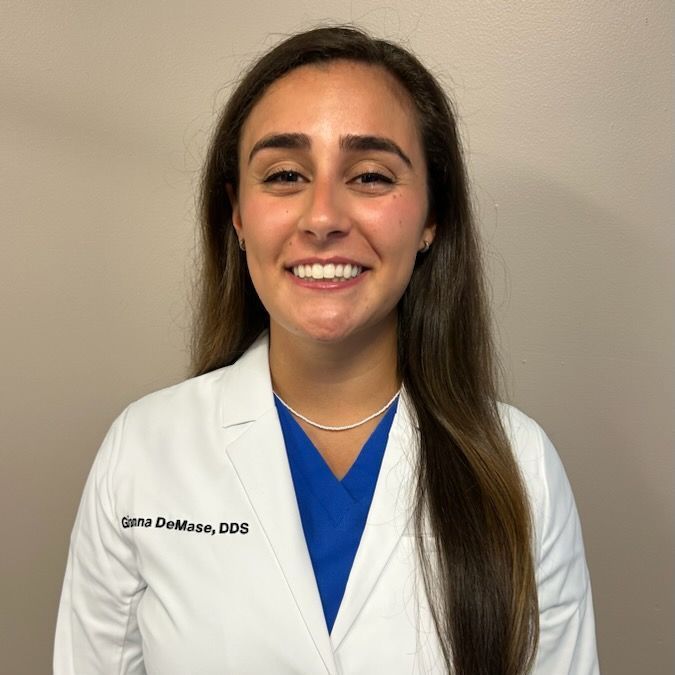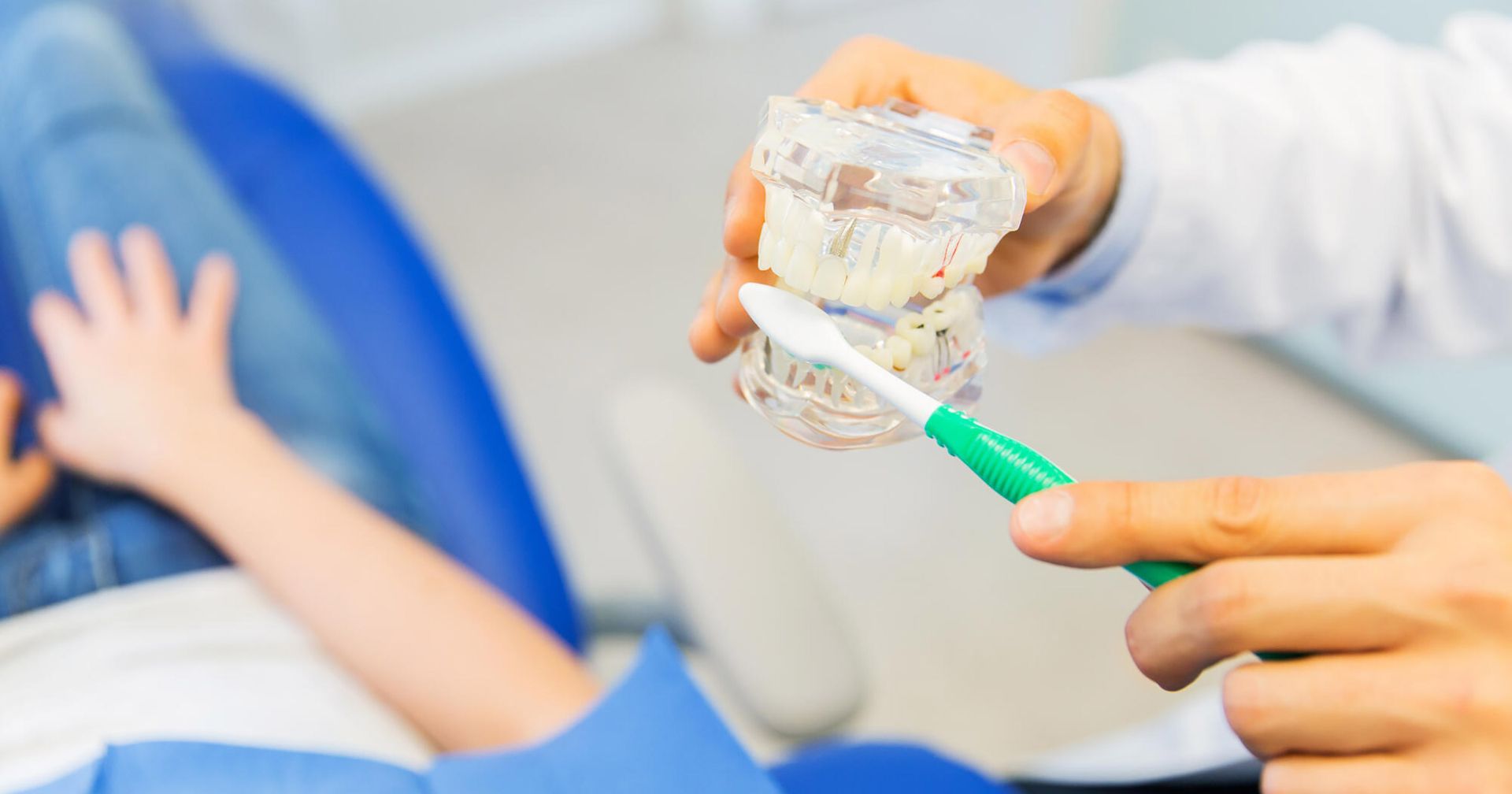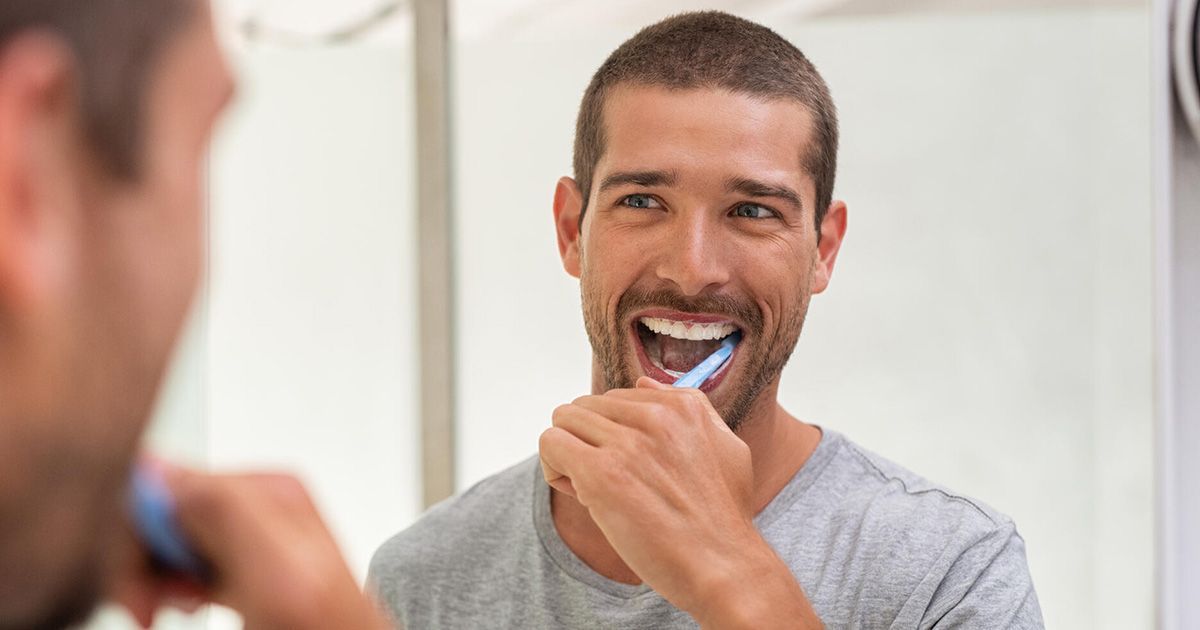A Guide to the Root Canal Recovery Timeline
If you are getting ready to get a root canal, then you need to know how to prepare for recovery. Here is a guide to the root canal recovery timeline.
Root canals are a common dental procedure, with millions performed annually. And while the thought of getting a root canal might make some individuals shudder, the reality is that the procedure boasts an impressive success rate of up to 98%.
However, the process doesn't just end after the treatment. What follows is the recovery process, and for an optimal root canal recovery timeline, it's crucial to understand what to expect and how long it will take.
This quick guide will provide an in-depth look at the root canal recovery timeline, shedding light on everything from aftercare to pain management.
Is a Root Canal Painful?
The words "root canal" can strike fear in the hearts of many people. This dental procedure has garnered a reputation for being painful, but is that reputation deserved?
In truth, root canals today are very different from the procedure of a decade ago. Modern dental techniques and advanced technologies have made root canals much more comfortable than they used to be.
To begin, let's understand why a root canal is necessary.
When the inside of your tooth becomes infected, inflamed, or damaged, it can be incredibly painful. A root canal is a treatment that removes the damaged material from inside your tooth, cleans and disinfects it, and then fills the space. This treatment saves and restores your tooth to a healthy condition, preventing further infection and decay.
If you're worried about pain during a root canal, rest assured that your dentist will use local anesthesia to numb the area and ensure you stay comfortable throughout the procedure. In addition, modern techniques mean recovery times are faster, and you can return to normal activities sooner.
So, although "root canal" has taken on a negative connotation, don't be too quick to judge. Modern advancements make the procedure much less painful than you may believe. Many patients report the procedure as being no more painful than a standard filling!
What Happens When You Get a Root Canal?
Understanding how to care for your teeth and manage pain post-root canal starts with understanding what a dentist does to your mouth during the procedure. The process is straightforward and typically takes two to three visits to complete.
First, the dentist will numb the area around the affected tooth with a local anesthetic. This will ensure that you feel no pain during the procedure. Once numbed, the dentist will create a small hole in the top of the tooth to access the pulp chamber and root canals.
Next, the dentist will remove the infected or damaged pulp from the tooth and clean the root canals. This may involve using small instruments and irrigation to flush out debris or bacteria. Once cleaned, the dentist will fill the canals with a rubber-like material to seal them off.
After the root canal is completed, the dentist will place a temporary filling in the tooth to protect it until a permanent crown or filling can be placed.
The final step in the process is placing a crown or filling on the tooth, restoring it to its original shape, function, and appearance.
Root Canal Recovery Timeline
While every person's experience is unique, there is a general root canal recovery timeline to follow. To help you manage the process, we've tried to break down what to expect and offer tips for managing pain and promoting healing.
Days 1-2: Immediately Following the Procedure
During the first couple days after your root canal, you may experience some soreness and sensitivity in the treated tooth and surrounding area. Your dentist may recommend taking over-the-counter pain relief medication and avoiding hard or crunchy foods. It's also important to avoid smoking, as it can hinder healing.
Days 3-7: Early Recovery
As the first week progresses, you may feel relief from pain and discomfort. However, you may still experience some sensitivity to hot or cold temperatures. Ensure you avoid hard or crunchy foods and maintain good oral hygiene habits, such as brushing and flossing twice a day.
Days 8-14: Mid Recovery
Most patients feel much better by the second week and can resume their normal eating habits. However, your dentist may still recommend avoiding very hard or chewy foods to prevent damage to the treated tooth. It's important to maintain good oral hygiene habits and attend follow-up appointments with your dentist.
Days 15 and Beyond: Complete Recovery
By the third week and beyond, most patients experience a full recovery without any lingering pain or discomfort. Your dentist will likely recommend a follow-up appointment to ensure the tooth is healing properly and assess further treatment needs
Dental Care Tips After a Root Canal
After a root canal, your mouth needs time to recover (this is typically true of most dental services, too). Following these tips will expedite the process and help you easily get back to your normal routine.
Take it Easy
Rest and avoid strenuous activities for the first few days after the procedure. This will give your body time to heal.
Follow Your Dentist's Instructions
Your dentist may recommend certain steps to follow after the root canal. Take any prescribed medications, avoid certain foods, and stick to a gentle cleaning routine.
Use Ice
Swelling is a common side effect of root canals. Applying ice to the affected area can help reduce swelling and alleviate discomfort. If you're still experiencing pain...
Take Over-The-Counter Painkillers
Advil and Tylenol can temporarily relieve pain and discomfort after the procedure. Consult with your dentist about the appropriate dosage. Gently rinse your mouth with salt water to relieve pain and reduce inflammation.
Avoid Hard or Chewy Foods
Foods that require a lot of chewing or are hard to eat can irritate the gum and cause discomfort. Stick to softer foods such as soups or smoothies.
Get Dental Care
If you need a root canal, working with a qualified dentist is the best way to ensure you recover properly and follow the correct root canal recovery timeline. At Putnam Bright Smile Dentistry, we provide the people of Brewster, NY, with comprehensive dental services, including root canals.
Dr. Rohit Z Patel
D.D.S
After graduating at the top of his class, Dr. Patel continued his postgraduate studies in endodontics at Columbia University College of Dental Medicine in New York. He was appointed to assistant clinical professor of dentistry at Columbia University and later moved on to teach at the Montefiore Medical Center’s Department of Dentistry. Westchester Magazine recognized Dr. Patel as a “Top Dentist for 2012.”
Dr. Yung Kim
D.D.S
Dr. Yung Kim is a double board certified Periodontist and board certified Prosthodontist, educated to treat many extremely complex disorders involving gum disease, tooth decay, and oral pathology. His focus is on full-mouth, complex, surgical, and reconstructive dentistry. He has extensive knowledge of implant dentistry and advanced surgical procedures, specializing in teeth in a day and All-on-Four implants. He is also Invisalign certified and experienced with CAD/CAM restorations and dentures.
Dr.Santvana Vyas
D.D.S
Dr Vyas attended NYU College of Dentistry and earned DDS in 2016 at the top of her class. She was inducted into Omicron Kappa Upsilon (OKU), the national dental honor society and earned Outstanding Achievement Award in study of Prosthodontics.
Dr Vyas is an active member of American College of Prosthodontics (ACP) and American Dental Association (ADA). She is appointed as a Clinical Assistant Professor at NYU College of Dentistry. She is married and is blessed with two sons.
Dr. Gianna DeMase
D.D.S
Dr. DeMase received her undergraduate degree from Binghamton University where she double-majored in Biology and Spanish. She then earned her Doctor of Dental Surgery from New York University College of Dentistry where she graduated with honors in periodontics. After dental school, Dr. DeMase completed a General Practice Residency at Jacobi Medical Center, a level one trauma hospital. Here, she participated in community outreach in the women’s health clinic and taught medical students how to do oral exams. She also worked with special needs patients in Jacobi’s Rose F. Kennedy Center. Dr. DeMase remains committed to being active in the community.
Read More
Dr. DeMase has experience in cavity restoration, endodontics, oral surgery, oral pathology, and prosthodontics including implant restorations.
She highly values patient education and always ensures your comfort and understanding of the treatment. She strongly believes in patient centered care and therefore tailors each treatment plan to you and your needs. As a member of the American Dental Association, Dr. DeMase is always aware of the latest studies and developments in the dental field and strives to apply them to her practice. In her spare time, she can usually be found with a book in her hands.

















